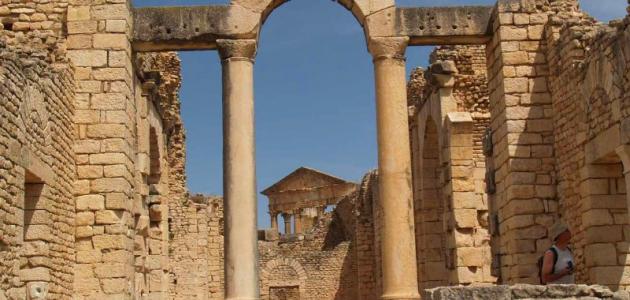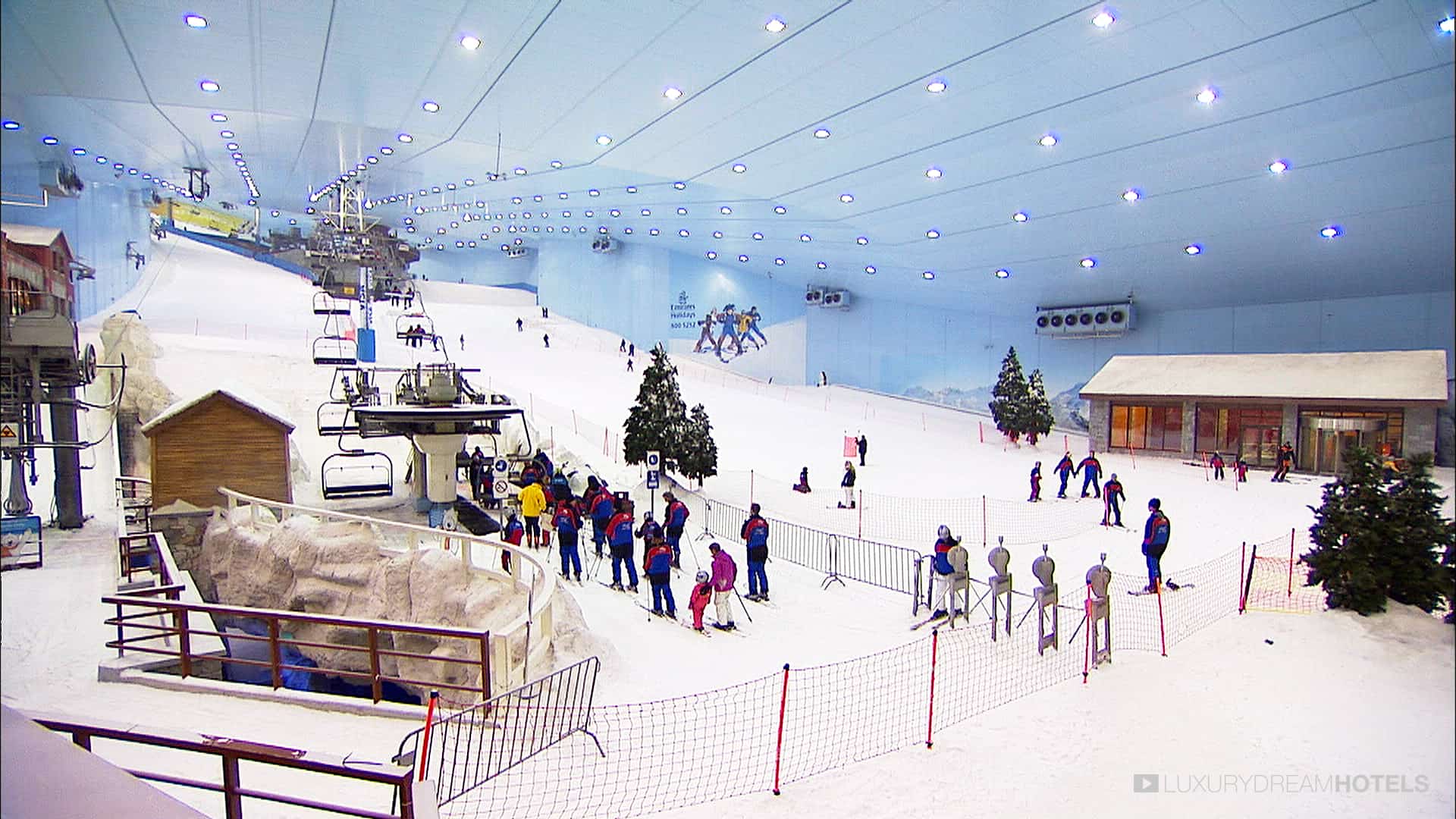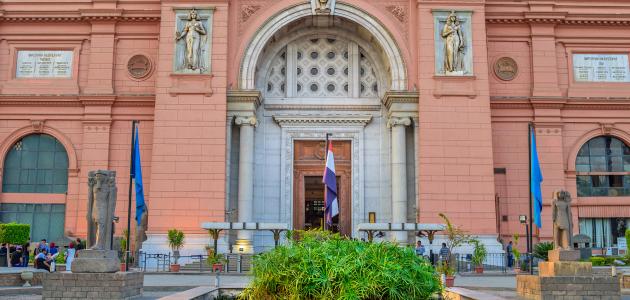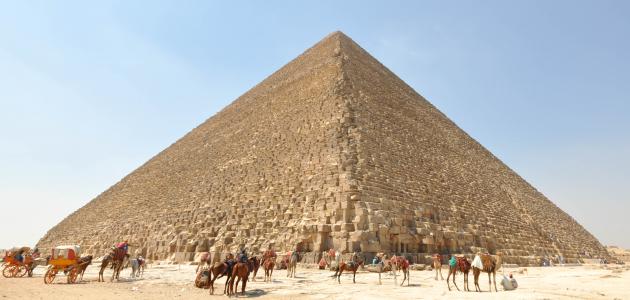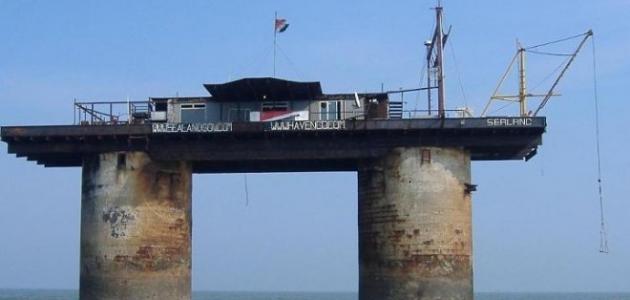Table of Contents
Asia Minor
Asia Minor is also known as Anatolia, and it represents in the present era the Asian section of Turkey, and it has a distinguished location that forms the center of the connection between the two continents of Europe and Asia, and this led to the way that paved the way for the conquest and migration of many people and peoples to the continents. Varied.
Asia Minor shares a northern border with the Black Sea, is bounded on the southern side by the Mediterranean, and has a western border with the Aegean Sea, bordered by the Caucasus on the northeastern side, and shares a southeastern border with the lands of Greater Syria, but on the eastern side it is bounded by the Iranian plateau and the Caucasus.
History of Asia Minor
The earliest evidence of a population in the Asia Minor region belongs to a family of the Akkadian family, and Asia Minor was known at the time as the land of Hatti, and the Hittites who called it the Aswa lived in it and this name was used to refer to the lands extending from the delta of the Kester River at Lydia, but this name has become given to all the lands of the region belonging to Asia Minor, as the term Aswa is the linguistic origin belonging to the Bronze Age of the name of Asia, then the Romens later called it Anatolia, meaning the rising sun, and the name of Asia Minor was derived from the word to Nanah Micra Asia; any small Asia.
Throughout history, many cities and kingdoms have been established in the territories of Asia Minor, such as: Kariya, Phrygia, Armenia, Assyria, Iloilia, Pisidia, Lydia, Pythenia, Thrace, Silikia, Orartu, etc., which led to the emergence of many achievements related to the peoples who settled in These cities and kingdoms within Asia Minor, and its lands are the site of two ancient wonders, the Temple of Artemis and the Tomb of Musulos.
The lands of Asia Minor witnessed remarkable stability after the arrival of the Romens to it, as they contributed to the establishment and establishment of many cities and roads linking them, as the societies affiliated to the coasts witnessed an accelerating prosperity, but after the fall of Rome in the year 476 AD and the arrival of Islam in Asia Minor, the Byzantines decided to fight the Muslims in Those lands, and those wars continued until the arrival of the Seljuk Turks who controlled the Asia Minor from the year 1068 AD until the year 1299 AD, where Asia Minor became one of the territories of the Ottoman Empire, and remained so until the establishment of the Turkish state.
Geography of Asia Minor
Asia Minor has a group of relatively complex geographical features, and it is based on a center that contains basins and blocks of rocks covered by sediments, which leads to its emergence as a plateau containing a group of rugged monuments, located between two series of mountains that meet together on the eastern side, while the lowlands In Asia Minor, it includes the beaches that extend on the coasts of both the Mediterranean and the Black Sea, and the appearance of sloping or flat lands, but it appears in some geographical locations, such as: some inland plains, Buyuk Menderes rivers, Wadi Gedis, and the coastal coastal plains that follow Shukurova, and other sites, and divide the geographic regions in Asia Minor to the following:
Black Sea region
The Black Sea region has a coastline that contains a group of sharp rocks, as well as the rivers that cross the valleys extending from the coastal areas, and there are also mountains located in the northern side of Anatolia, which is a mountain chain that has several parallel elevations with the coast of the Black Sea, as well as a group of rivers Of large size, descended from the Pontic Mountains, and its tributaries flow into various basins of different sizes, while the upper slopes that meet with the southwestern side are often wet nature.
The Mediterranean region
The coastal plains that form the separating region between the Taurus Mountains and the Anatolian Plateau are spread in the Mediterranean region. As for the soil of this region, it is fertile, and it is distinguished by its warm climate, which contributes to being one of the areas suitable for cultivating many types of crops, such as: bananas, grapes , Wheat, vegetables, barley, etc.
Anatolian Plateau area
The Anatolian Plateau extends in Central Asia Minor, specifically from the coastal plain of the Aegean Sea, to the area between the folded mountains. This plateau has a variation in its height that ranges between 600-1200 AD. The Konya Basin and the Toz Gulu Basin under which Salt Lake is located are the two largest basins They are located in the Anatolian Plateau, and a group of mountains are located near the coast of the plateau, and contribute to preventing the impacts that lead to an increase in the area of internal lands, which leads to giving the interior Turkish regions a continental climate.
The eastern Anatolia region
On the eastern side of Anatolia, the Toros Mountains and Pontus Mountains meet. The eastern Anatolia region is characterized as a rough terrain with several elevations, and the rains fall more than the rate of precipitation on the Anatolian Plateau, as there are three sources of rivers, which is the Aras River that flows from the side Eastern and empties in the Caspian Sea, and the Euphrates and Tigris rivers flowing south towards Iraq before emptying into the Persian Gulf.
It is located on the southeastern side of Anatolia, passing to the south of the Toros Mountains, an area that contains surfaces of hills and hills, and the extension of this region reaches the Syrian lands, then its rises begin with a gradual decline, where it begins with about 800m on the north side and decreases on the southern side up to 500m Among its most important basic agricultural crops are barley and wheat. The emergence of irrigation projects in the 1980s also contributed to the development of the agricultural environment for this region.


